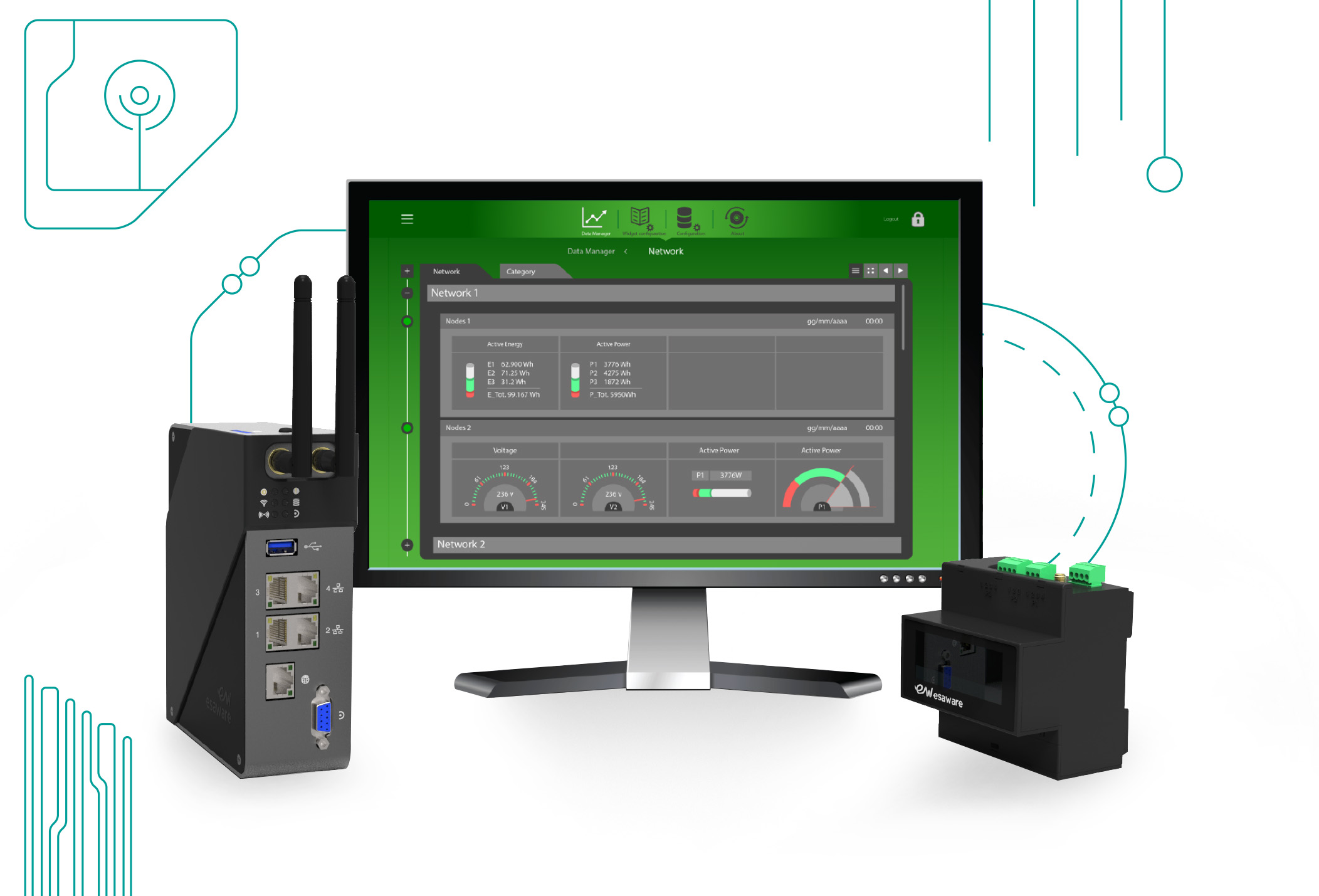

Traditional supervisory control and data acquisition (SCADA) systems rely on operators to supervise the system and initiate commands from an operator console on the master computer. Control Control refers to sending command messages to a device to operate the I&C and power-system devices. Operators and engineers monitor the information remotely on computer displays and graphical wall displays or locally, at the device, on front-panel displays and laptop computers. Supervision Computer processes and personnel supervise, or monitor, the conditions and status of the power system using this acquired data. Acquired data can be used locally within the device collecting it, sent to another device in a substation, or sent from the substation to one or several databases for use by operators, engineers, planners, and administration. This data is collected in the form of measured analog current or voltage values or the open or closed status of contact points. Power-system automation is composed of several tasks.ĭata acquisition Data acquisition refers to acquiring, or collecting, data.
#POWER UTILITY AUTOMATION FULL#
Since full substation automation relies on substation integration, the terms are often used interchangeably. Substation automation refers to using data from Intelligent electronic devices (IED), control and automation capabilities within the substation, and control commands from remote users to control power-system devices. Power-system automation is the act of automatically controlling the power system via instrumentation and control devices. ( Learn how and when to remove this template message) ( February 2017) ( Learn how and when to remove this template message) Please help improve it to make it understandable to non-experts, without removing the technical details.

This article may be too technical for most readers to understand.


 0 kommentar(er)
0 kommentar(er)
